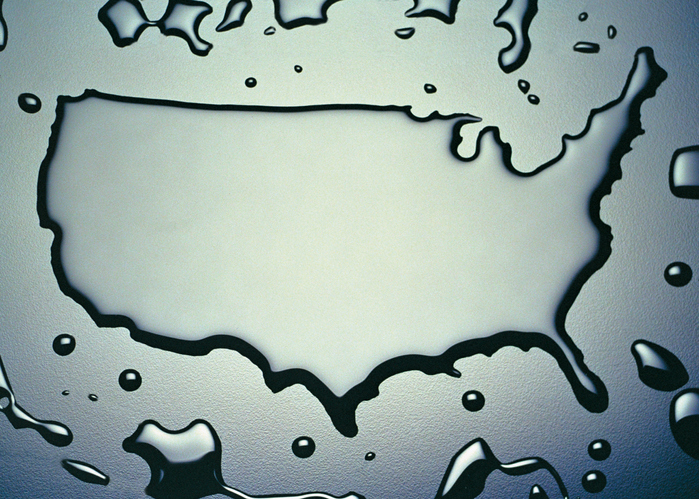On August 29, the Environmental Protection Agency announced its final rule amending its definition of “waters of the United States.” This new definition was written to conform with the Supreme Court’s May 24, 2023 ruling in Sackett v. EPA 598 U.S. _____(2023) (discussed in a previous blog here).
The Sackett decision held in favor of the Sacketts, who wanted to build a home on an empty lot near a lake in Idaho. The Supreme Court ruled in favor of the couple and held that only wetlands and permanent bodies of water with a “continuous surface connection” to “traditional navigable waters” are covered by the Clean Water Act.
The EPA is tasked with implementing the Act to protect and safeguard the nation’s waters from pollution and degradation. The Act prohibits the discharge of pollution into “navigable waters,” which are defined as “the waters of the United States, including territorial seas.” However, the Act itself does not define the term “the waters of the United States,” although it has been defined in various ways by the EPA in regulations since the 1970s.
This term is very relevant to the scope of most federal programs to protect water quality under the Act. This includes water quality standards, processes to address oil spill prevention, and tribal and state water quality certification programs. Therefore, if a body of water falls within the meaning of “the waters of the United States,” any activities impacting that body of water must comply with the Act’s permitting process.
On January 18, the EPA published a final rule to define “waters of the United States.” This rule became effective on March 20.
This definition under the January 18 rule broadly included traditional navigable waters, territorial seas, and interstate waters, tributaries to the navigable waters, wetlands adjacent to those waters, and intrastate lakes, ponds, streams, or wetlands that met either the “relatively permanent standard” or the “significant nexus standard.” The “relatively permanent standard” is a test to identify waters connected to traditional navigable waters. The “significant nexus standard” refers to a test used by the EPA to identify waters that significantly affect the chemical, physical, or biological integrity of traditional navigable waters. This definition is extremely broad and gave the EPA wide authority to regulate a significant amount of water in the United States.
The Supreme Court’s decision in Sackett significantly curtailed this definition. In that decision, the court ruled that only wetlands and permanent bodies of water with a “continuous surface connection” to the “traditional interstate navigable waters” are covered by the Act.
On Aug. 29, the EPA announced that it has revised the definition of “waters of the United States” to conform with the Supreme Court’s definition. This revision will allow the EPA and the Army Corp of Engineers to resume issuing jurisdictional determinations for various bodies of water which were paused in light of the Sackett decision. The new rule removed the “significant nexus standard” from consideration when identifying waters as federally protected. The new rule becomes effective as soon as it is published in the Federal Register and was issued under the EPA’s emergency authority without its customary notice-and-comment rulemaking proceedings.
This decision could potentially remove protections from more than 60 percent of waters currently under federal protection. It remains to be seen how state and local agencies can, or will, step up efforts to fill the gap left by the Sackett decision and the EPA’s new definitions.

